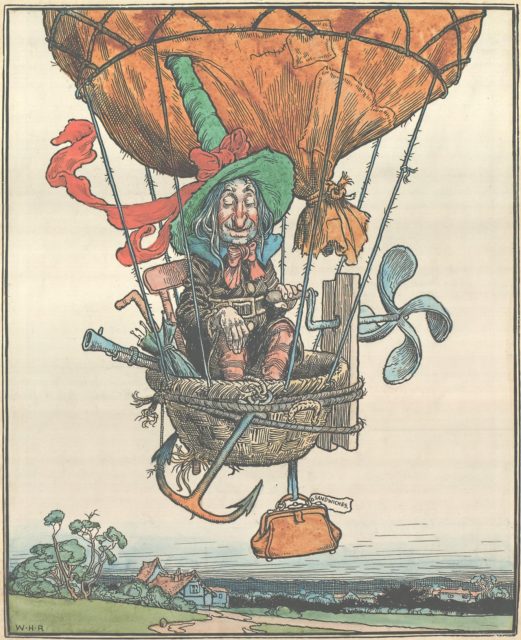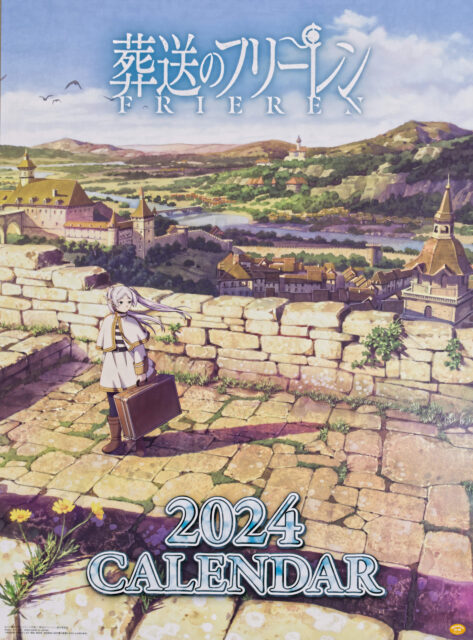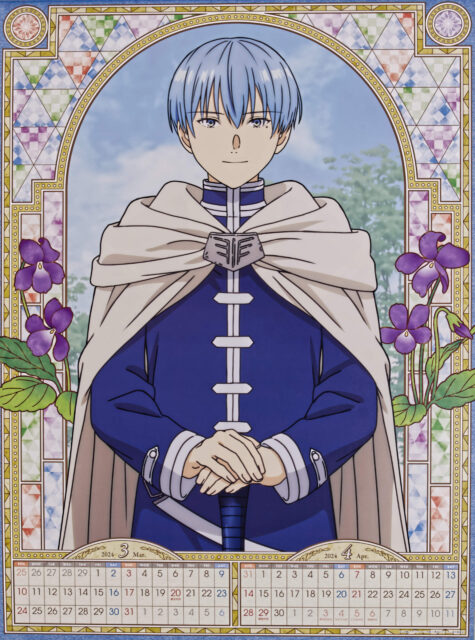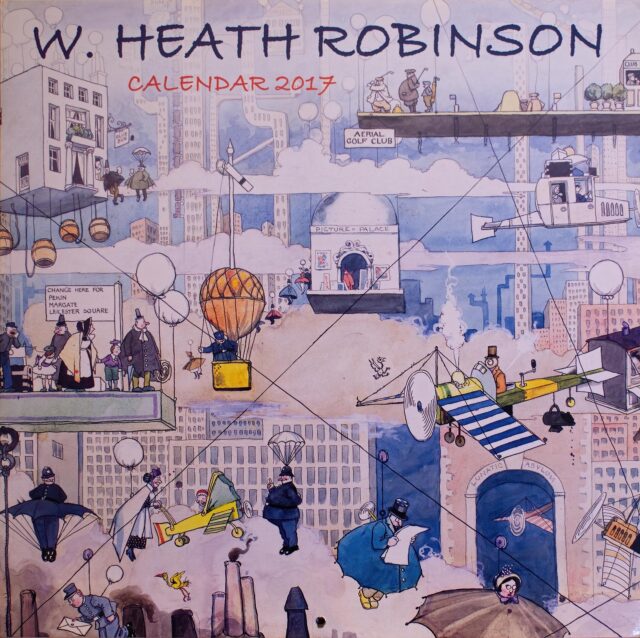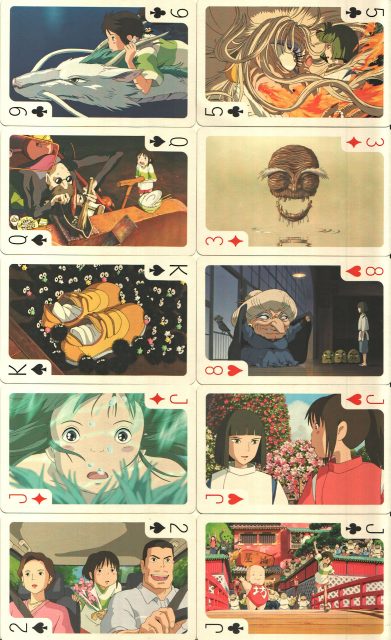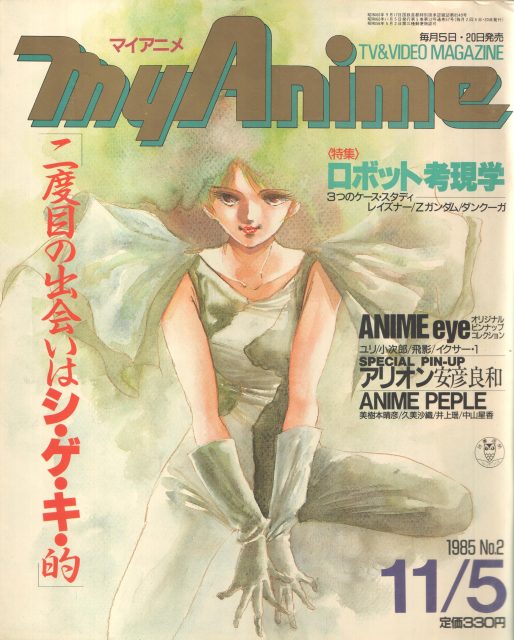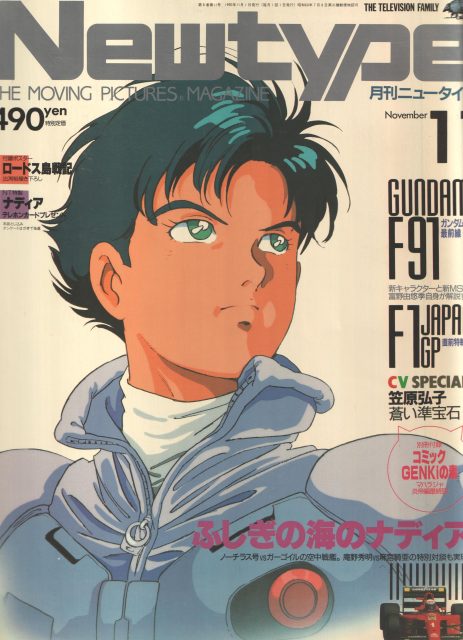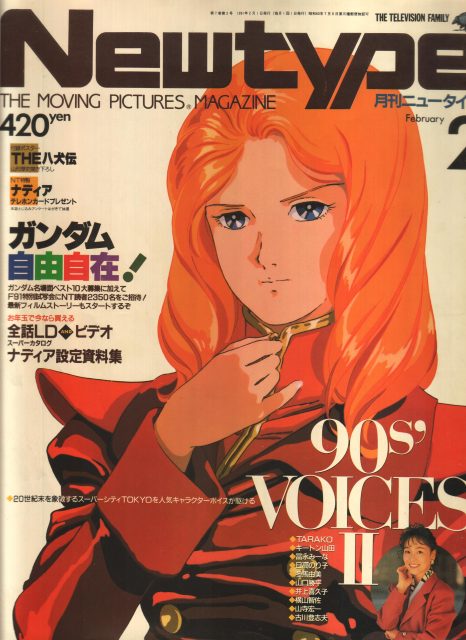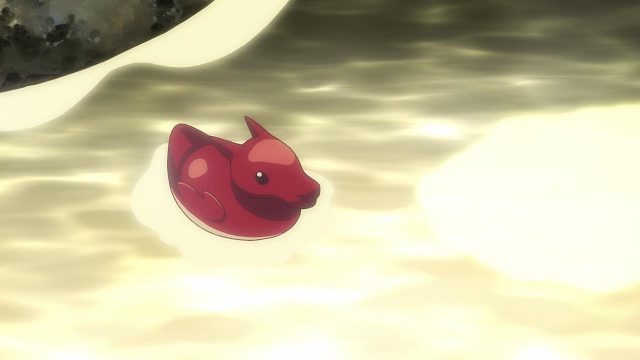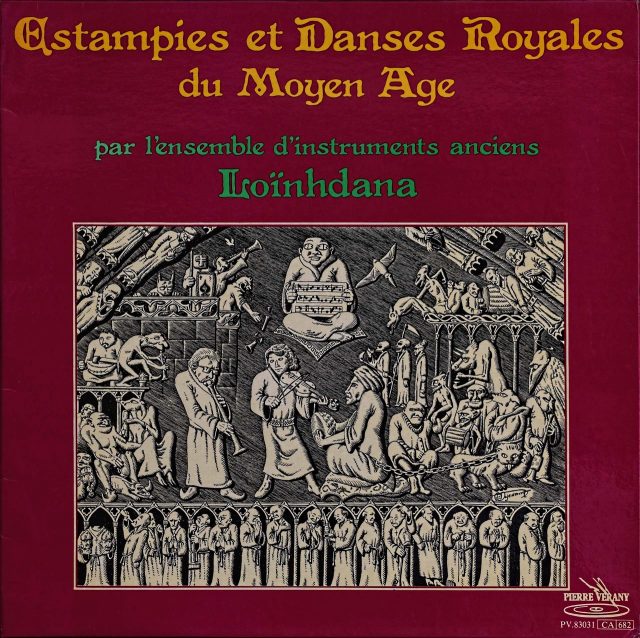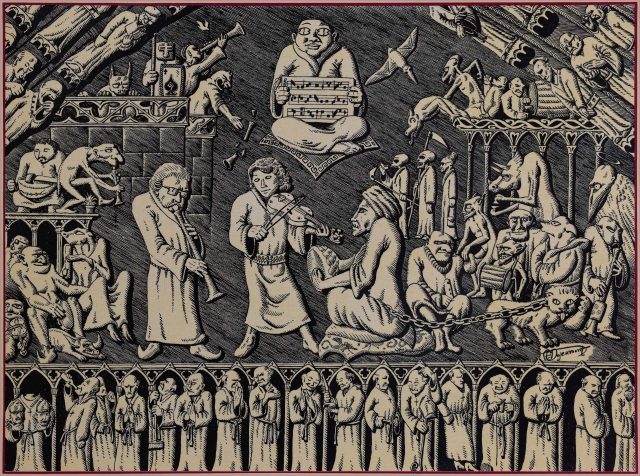… in the twenty-first century. (Photo: Mark Fischer, from here.)
Category: Art and screen captures
Boo, etc.

While you’re waiting for the little freaks to creep up your driveway tonight, you might enjoy viewing the work of Demizu Posuka (ポ~ン(出水ぽすか)), one of the most distinctive and prolific artists at Pixiv. Demizu reminds me of a more macabre Arthur Rackham, but he has his own peculiar style.
Leaping into the new year with Frieren
2024 is a leap year. If you save old calendars, those from 1996 will work again. Otherwise, you will need one calendar for January and February and another one for the rest of the year. For the first two months, calendars from 2018, 2007, 2001, 1990, 1979 and 1973 are useable; for March on, 2019, 2013, 2002, 1991, 1985 and 1974.
I like the format of Japanese anime calendars. Although they have only six pages, one for every pair of months, the images are poster-sized, 16.5 by 22.5 inches. It’s been several years since I found one worth ordering, though; the shows that catch my attention tend not to be extremely popular. This year I found one for Frieren at the Funeral1 Frieren: Beyond Journey’s End. I am a little disappointed with it — the pictures are all portraits of Frieren and her companions, which are okay, but I would have liked more illustrations like the cover. Maybe next year there will be a calendar for The Apothecary Diaries.
A Great Moment ….

A recent discussion at Severian’s place touched on Frank Lloyd Wright, which reminded me of David Macaulay’s rendering of one of his buildings. (I used to live a few blocks from a Wright-designed house in Wichita.)
There are a few more of Macauley’s works below the fold.
Annual notice
A Christmas card …
… from Salvador Dali. (Via Amy Welborn.)
Irreproducibility
When I check the daily rankings at Pixiv, I’m usually content to enjoy the pretty, albeit anime-style pictures. Once in a while, though, I wish I could read Japanese, such as on the manga page above which caught my eye this morning.
(If you visit Pixiv, be aware that many of the artists are males stuck in randy adolescence, and not all the pictures are tasteful.)
In the cards
While I have little interest in most anime-related products, there are a couple of categories that I have found worth looking for. I’ve occasionally mentioned my annual searches for Japanese calendars. I also have a small collection of anime playing cards, which are much cheaper than figurines and more useful.
Unsurprisingly, the cards from Studio Ghibli are the best, both for the art and for the substance of the cards. Each card has a different picture, all printed at high resolution, and the cards are durable and easy to shuffle and deal. I have decks for Spirited Away and Princess Mononoke, and I’ll add others when circumstances permit. Right-click the images and open in a new window to see at full resolution.
The end of anime
Crunchyroll has changed its policy on watching shows for free. Hitherto, those without accounts could see episodes of current shows after a week’s embargo, albeit with six minutes of dumb, loud commercials inserted at awkward moments. Since there are too few good new shows to justify spending $95.88 plus tax for a year’s membership — in all of 2021, I found only two worth watching all the way through — that was acceptable. However, Crunchyroll recently changed its policy. From the spring season on, people without paid memberships can watch only the first three episodes of any new show some new shows. The hell with it.
Since I no longer download fansubs2, this means I won’t keep up with what’s current. Yeah, there are plenty of older series on Crunchyroll and elsewhere I can still view (with commercials), but while the online collections may be more extensive than mine, they’re mostly junk. My own library is better. I will keep an eye out for further work by Masaaki Yuasa, Hiroyuki Imaishi and Kazuki Nakashima, Kenji Nakamura and a few others, and purchase hard copies when they are available for reasonable prices3, but at this point I’m pretty much done with Japanese animation.
My streaming history does end on a fairly high note. Miss Kuroitsu from the Monster Development Department is the funniest show since at least Endro. There are screencaps below the fold to suggest why I found this study of tokusatsu and corporate cultures from the point of view of the bad guys so entertaining, despite its limited animation budget.
(I can’t quite give the show an unreserved recommendation. One of the characters is a wolf boy who is stuck in a girl’s body because of executive meddling. The writers spend too much time finding ways to make him blush.)
***
I also watched the rest of Life with an Ordinary Guy Who Reincarnated as a Total Fantasy Knockout. It never quite fell through the thin ice it skated on, and some of it was clever, but despite better animation, it was not in the same class as Kuroitsu. It’s a tolerable waste of time, and that’s it.
Art and entertainment notes
I’m down to two shows, which is still twice as many as I was following at this time last year. The best remains Miss Kuroitsu from the Monster Development Department. However, despite its squicky premise, Life with an Ordinary Guy… hasn’t made me throw up yet. It helps to know your isekai clichés.
When girls had noses
The oldest item in Richard’s box of Japanese magazines is a copy of MyAnime. Here are some scans illustrating the state of anime thirty-six years ago. These are large scans; right-click and open in a new window to see them at full resolution.
Thirty-one years ago
Here’s another magazine from Richard’s box, this time from 1990.
Thirty years ago
I recently unearthed Richard’s box of Japanese magazines and scanned a few more. This batch is from the February 1991 Newtype. It provides a snapshot of what anime was during the age of the laser disc. (The magazine pages are a little larger than my scanner can handle and there are missing edges.) These are big scans, so right-click and open in a new window to see every detail.
Snapshots of wasted time
Strange sights
I recently hooked my old turntable up to the computer and have been industriously digitizing ancient vinyl, from Rare Air to P.D.Q. Bach to Allan Holdsworth. The most recent batch included a collection of medieval dance tunes, the cover of which deserves to be in any collection of classic album art.
Right-click on the image below and open the link in a new window to see all the little details in the drawing.
Wondering what it sounds like? Here is “Nota,” a thirteenth-century “danse anglaise.”
W. Heath Robinson expects an apology
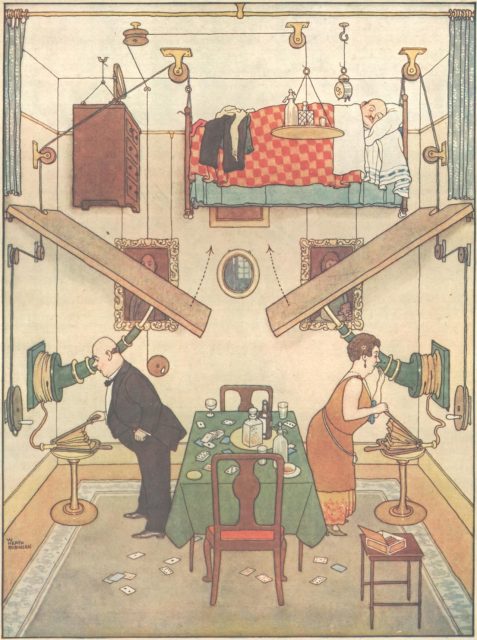
In a Heath Robinson device, everything has a clear purpose, no matter how strange it appears. For example, there is a clearly discernable logic to the profusion of cables, pulleys and bellows in his “Spare Room,” above, from this year’s HR calendar. It may not be realistic — I wouldn’t want to sleep in that bed — but everything makes sense. (The same is true of the inventions of Heath Robinson’s American counterpart, Rube Goldberg.) Comparing Neil Ferguson’s incomprehensible mathematical model to a Heath Robinson device slanders Robinson.
Bonus calendar picture: Uncle Lubin in color.
